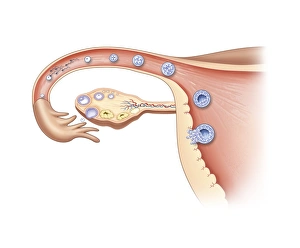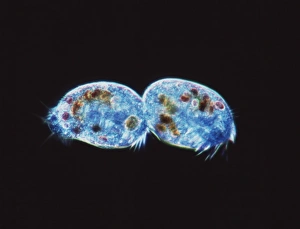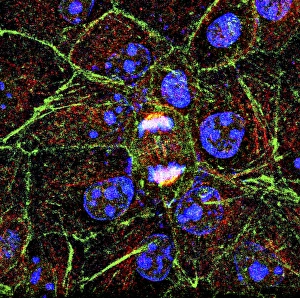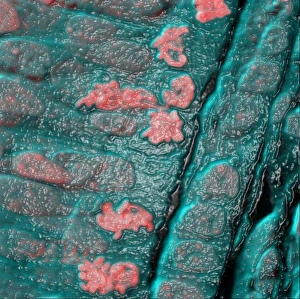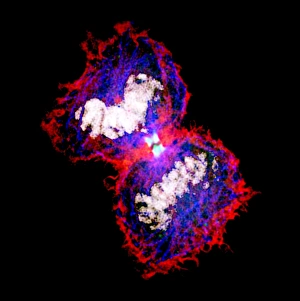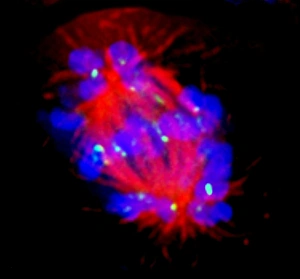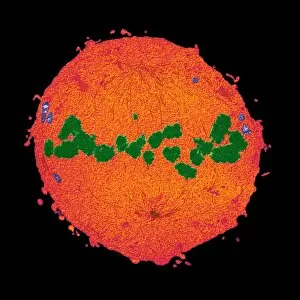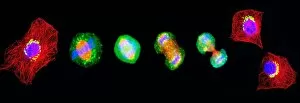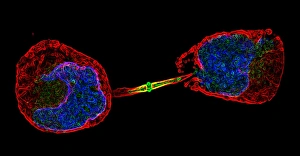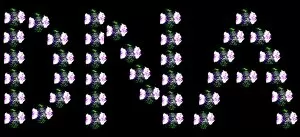Dividing Collection (page 6)
"Exploring the Intricate Process of Dividing: From Horses to Microorganisms" In a tranquil stable
All Professionally Made to Order for Quick Shipping
"Exploring the Intricate Process of Dividing: From Horses to Microorganisms" In a tranquil stable, two horses stand side by side while a small terrier curiously observes their peaceful coexistence. Under the lens of a light micrograph, we witness the mesmerizing beauty of mitosis as cells divide and multiply, creating new life. Delving deeper into the microscopic world, dividing yeast cells come alive in stunning detail through scanning electron microscopy (SEM). The resilient E. Coli bacteria demonstrate their remarkable ability to divide and propagate, showcasing nature's intricate mechanisms on a minuscule scale. Fluorescent micrographs unveil the captivating process of cell division, where vibrant hues highlight each step towards growth and renewal. Sketches depicting St Kilda in Western Hebrides transport us back in time when human settlements were divided by vast landscapes yet connected through shared experiences. Witnessing embryo development 24-36 hours after fertilization reveals how life begins with rapid cell divisions that lay the foundation for future growth and complexity. Whether it is within organisms or across species boundaries, dividing cells remind us of nature's constant drive for renewal and adaptation. Another glimpse into fluorescent micrographs captures the awe-inspiring dance of cell division as it unfolds within different tissues and organisms alike. Stem cells take center stage under scanning electron microscopy (SEM), displaying their potential to differentiate into various specialized cell types—a testament to our body's regenerative capabilities. Even at such minute scales, E. coli bacterium displays its resilience through transmission electron microscopy (TEM), revealing its ability to divide despite challenging conditions—nature's ultimate survivor.



